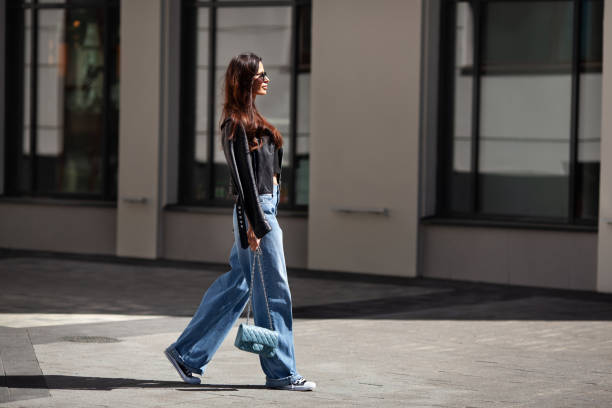The fashion industry, a global powerhouse of creativity and style, has long been associated with opulence and glamour. However, beneath the surface glitz lies an inconvenient truth: it is one of the world’s biggest polluters. From excessive water usage to harmful chemical dyes and massive waste production, the fashion industry has a considerable environmental footprint. But in recent years, there’s been a growing shift towards sustainable practices that are transforming the sector from within.
Sustainable fashion refers to garments designed, manufactured, distributed, and used in ways that are environmentally friendly and socially responsible. This includes using organic materials, reducing water consumption, recycling textiles or adopting fair trade practices that respect workers’ rights. The goal is not just to minimize harm but also to have a positive impact on people and our planet.
Today’s consumers are increasingly conscious about their purchases’ environmental impact. They’re demanding transparency about where their clothes come from and how they’re made; they want brands that align with their values of sustainability and ethical treatment of workers. In response to this demand for accountability and responsibility – designers are rethinking traditional approaches to creating clothing.
From Stella McCartney’s vegetarian leather to Patagonia’s recycled polyester fleece jackets – brands big or small are embracing sustainable practices at every stage of production. New technologies like 3D printing or biodegradable fabrics further push the boundaries of what’s possible in sustainable fashion.
But being trendy while being green isn’t just about choosing eco-friendly materials; it involves reinventing the entire lifecycle of a garment. For example – ‘slow fashion’, which encourages buying less but better-quality items that last longer is gaining traction as an antidote to fast-fashion culture characterized by cheaply made clothes intended for short-term use.
Another exciting development is circular economy models such as rental or second-hand markets which keep clothes in use for longer thus reducing waste. Brands like Rent-the-Runway or ThredUp demonstrate how these business models can work in practice, offering consumers a more sustainable way to enjoy fashion.
However, achieving sustainability in the fashion industry is not without challenges. It requires systemic change that goes beyond individual brands or consumer choices. To truly transition towards a more sustainable future, collaboration across the entire supply chain – from farmers and textile producers to retailers and consumers – is crucial.
Moreover, policy interventions such as stricter environmental regulations or incentives for sustainable practices could further accelerate this transition. Education also plays a key role in raising awareness about the environmental impact of our clothing choices and promoting responsible consumption habits.
In conclusion, while there’s still a long way to go, the rise of eco-conscious designers and informed consumers gives us hope for a greener future of fashion. Trendy and green are no longer mutually exclusive; they’re becoming one and the same – shaping what we wear today while preserving our planet for tomorrow.

